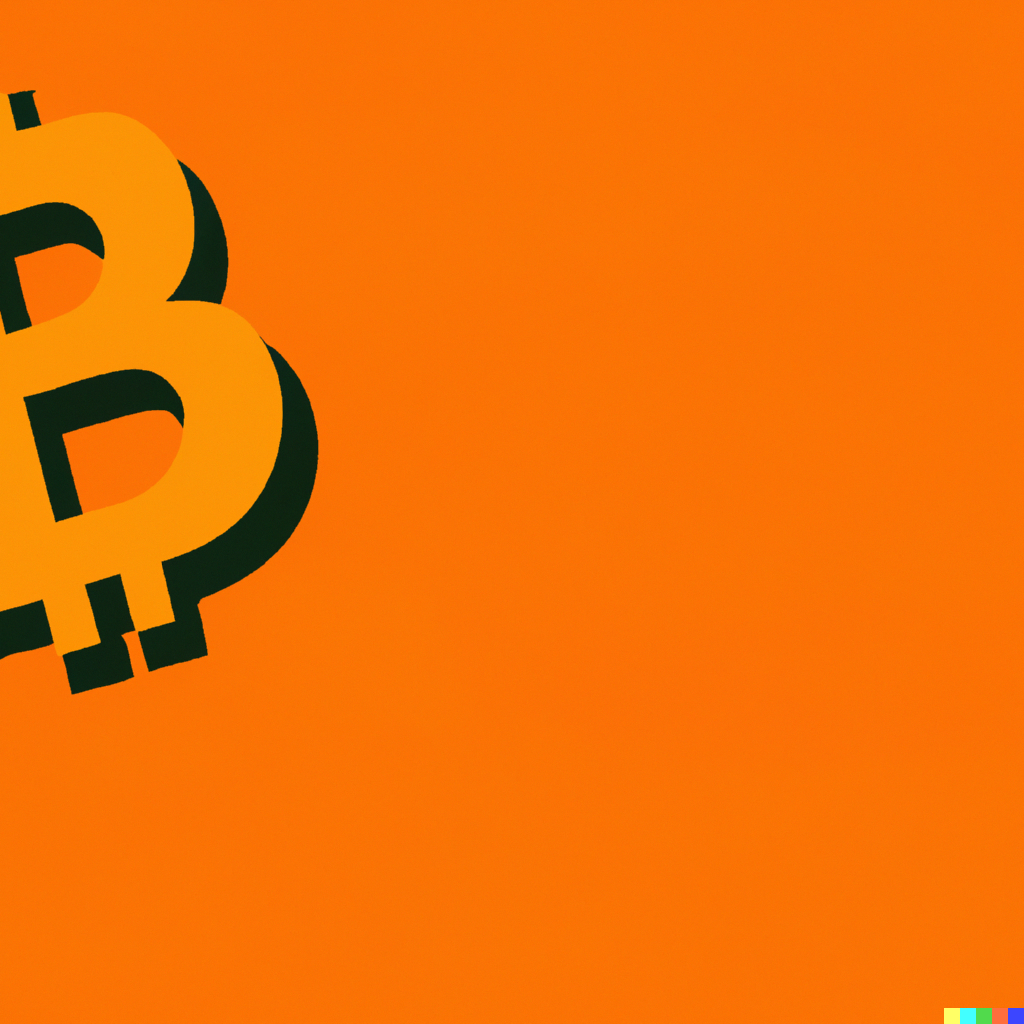
Who Created Bitcoin?
A simple Google search will confirm that Bitcoin’s creator is called Satoshi Nakamoto. However, if you dig a little deeper, you will realise that we actually know very little about who this person is. To date, we cannot say with certainty whether Satoshi is a man, a woman, or a group. Aside from the name, Satoshi Nakamoto, which many believe is a pseudonym, very little is known about Bitcoin’s creator.
On October 31 2008, Satoshi published a white paper titled Bitcoin: A Peer-to-Peer Electronic Cash System (the “White Paper”), on a cryptography mailing list. In the White Paper, Satoshi proposed that an internet based currency could grant its users the ability to send and receive currency without having to rely on third-party intermediaries such as banks. In short, the White Paper represented a challenge to the modern banking system.
On February 11 2009, Satoshi posted publicly about Bitcoin on a forum called the P2P Foundation forum. Their initial post included links to both the White Paper and Bitcoin’s original source code. Satoshi continued to respond to forum posts up to 12 December 2010, when they submitted their final post.
All of Satoshi’s forum posts can be read here.
The White Paper can be read here.
Satoshi Nakamoto
“A purely peer-to-peer version of electronic cash would allow online payments to be sent directly from one party to another without going through a financial institution.”
— Satoshi Nakomoto, the White Paper
Putting Trust in the System
“Banks must be trusted to hold our money and transfer it electronically…We have to trust them with our privacy, trust them not to let identity thieves drain our accounts.”
These quotes are from Satoshi’s original blog posts. They demonstrate a clear disdain for the trust-based system that banks rely on in order to operate. Satoshi argued that banks were ill-equipped to protect their customers’ money or their personal information. It is arguable that these comments were motivated, at least in part, by the consequences of the 2007 - 2008 financial crash. After all, the posts were written in 2009. The quotes also surmise Satoshi’s view that the trust required to uphold the banking system was one-way, with a bank’s customers being beholden to their bank. Ultimately, Sathoshi believed that society’s continued reliance on banks ensured that both our money and our data were at risk.
Privacy and trust are both topics that are tackled in Satoshi’s White Paper. Satoshi correctly identified that “the traditional banking model achieves a level of privacy by limiting access to information to the parties involved and the trusted third party”. This version of “privacy” is flawed, because it forces the “parties involved” (a bank’s customer(s)) to trust that a “trusted third party” (a bank), will always protect its customers’ data. Of course, banks have a duty to protect their customers’ data. However “Privacy could always be overridden by the admin based on his judgment call weighing the principle of privacy against other concerns, or at the behest of his superiors.” In short, Satoshi feared that an individual’s data would only remain private for as long as a bank wanted to keep it private.
Satoshi was also critical of the costs that banks charged their customers. A clear example is when someone is charged for transferring money from one bank account to another. The direct consequence of this practice is that micropayments between accounts can become unfeasible because the costs of these transactions are, (in some instances), greater than the amount being transferred.
“The root problem with conventional currency is all the trust that’s required to make it work. The central bank must be trusted not to debase the currency, but the history of fiat currencies is full of breaches of that trust.”
— Satoshi Nakomoto, 11 February 2009
Satoshi’s vision
Satoshi’s main motivation for creating Bitcoin was to offer people an alternative currency to the trust-based financial system that banks rely upon in order to operate. However, there are additional reasons why Satoshi created Bitcoin; some of these are set out below.
Decentralisation: Satoshi believed in a digital currency that operated independently of any one government or financial institution.
Financial Inclusion: Bitcoin would allow the bankless and underbanked populations to attain financial inclusion.
Lower Transaction Costs: Satoshi wanted to create a more accessible financial tool that enabled cheaper transactions both nationally and internationally.
Limited Supply: Unlike conventional money, Bitcoin has a fixed supply of 21 million. Satoshi’s intention was to prevent inflation over time, as Bitcoin became more widely adopted.
Trustless: Bitcoin was designed to eliminate the need for trust between transacting parties. This was made possible through Bitcoin’s blockchain technology.

